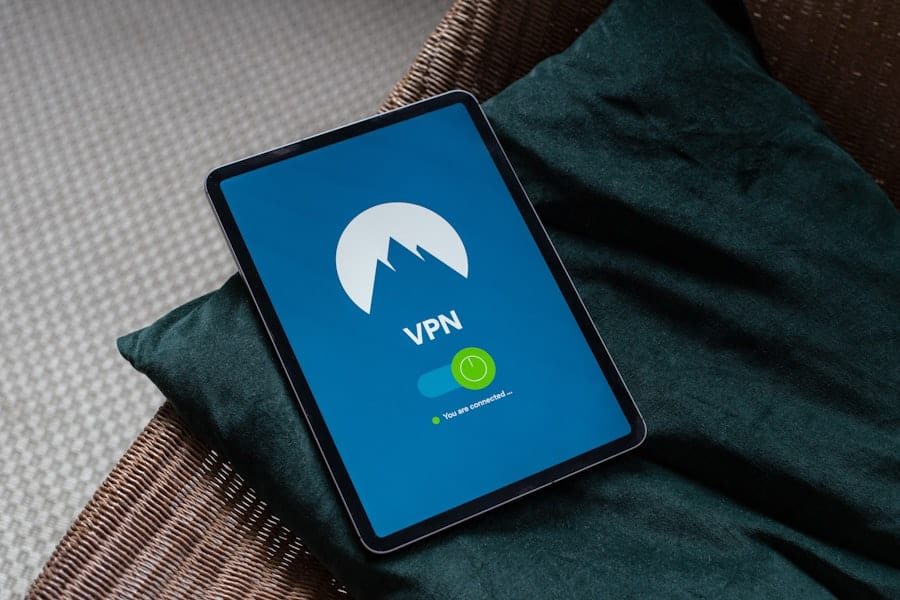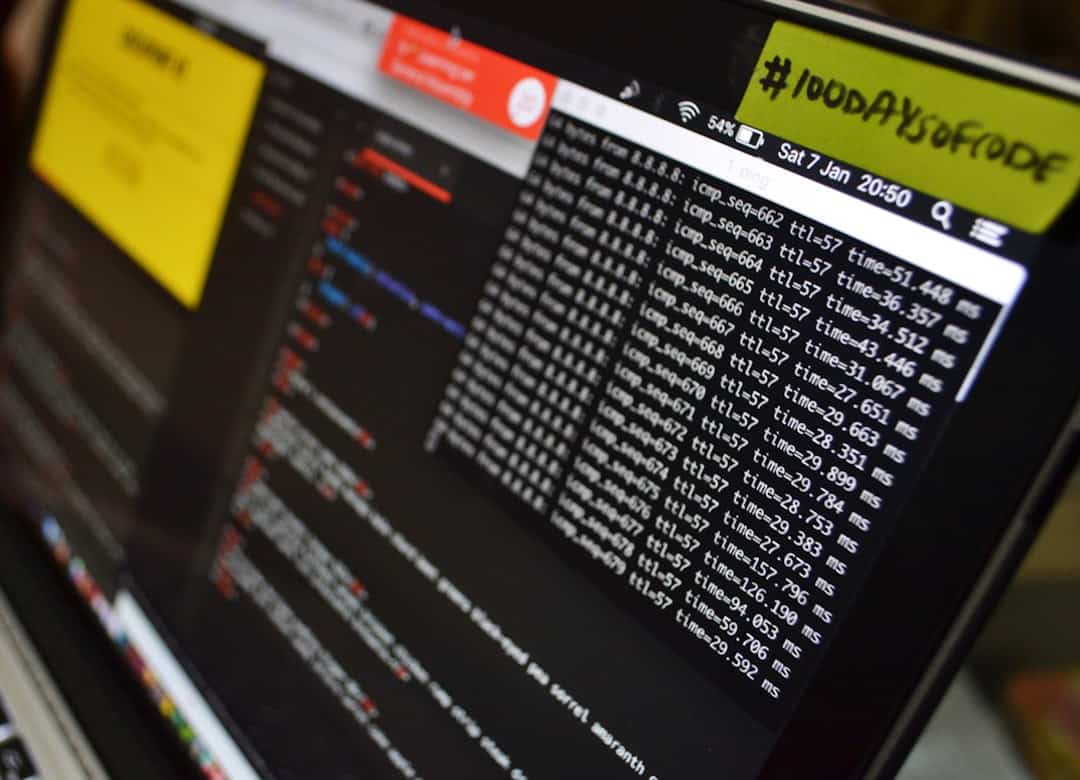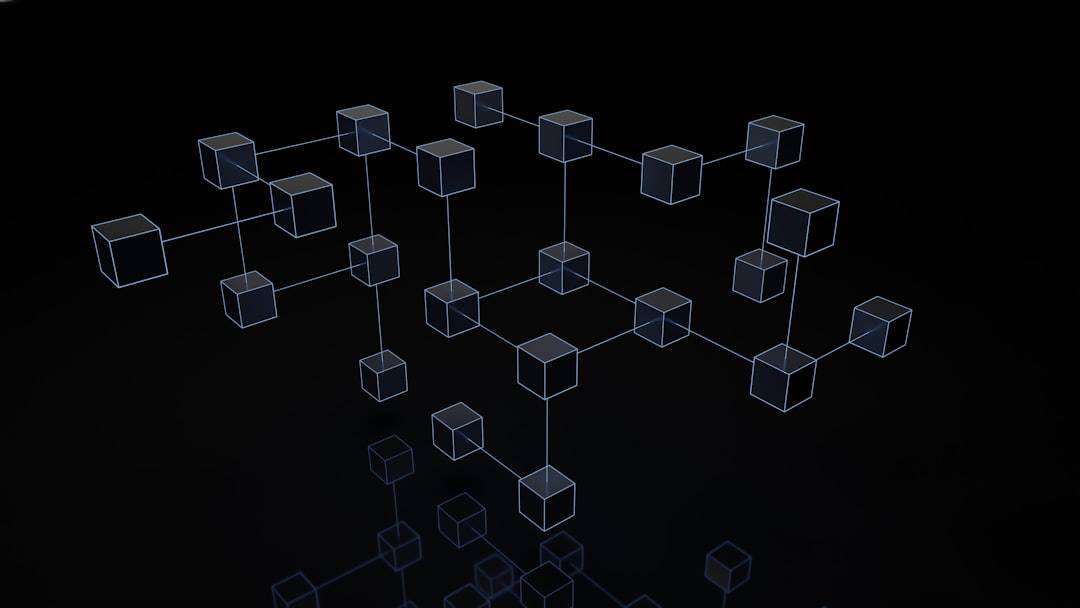Zero-day attacks are a form of cyber threat that exploits previously unknown vulnerabilities in software or hardware. These vulnerabilities are termed “zero-day” because the developer has had zero days to address the issue before it is exploited. This lack of preparation time makes zero-day attacks particularly dangerous, as there are no existing patches or fixes available when the attack occurs.
These attacks can target a wide range of technologies, including operating systems, web browsers, mobile devices, and various software applications. Attackers employ diverse methods to exploit zero-day vulnerabilities, such as malware distribution, phishing campaigns, and social engineering tactics. Once a vulnerability is successfully exploited, attackers may gain unauthorized system access, exfiltrate sensitive data, or disrupt normal operations.
The impact of zero-day attacks can be severe, affecting individuals, organizations, and even national security. They pose a significant challenge to cybersecurity efforts due to their unpredictable nature and the potential for widespread damage before a fix can be developed and implemented. As a result, zero-day attacks are considered a critical concern in the field of information security, requiring constant vigilance and rapid response capabilities from security professionals and software developers.
Key Takeaways
- Zero day attacks are cyber attacks that target vulnerabilities in software or hardware that are unknown to the vendor and have not been patched.
- Zero day attacks work by exploiting these unknown vulnerabilities to gain unauthorized access, steal data, or cause damage to systems.
- The impact of zero day attacks can be severe, leading to financial loss, reputational damage, and disruption of operations for businesses and organizations.
- Detecting and responding to zero day attacks requires advanced threat detection tools, real-time monitoring, and a rapid incident response plan.
- Preventing zero day attacks involves regular software updates, patch management, network segmentation, and employee training on cybersecurity best practices.
- Security researchers play a crucial role in zero day attacks by discovering and reporting vulnerabilities to vendors, enabling them to develop patches and protect users.
- The future of zero day attacks is likely to involve more sophisticated techniques and targeting of emerging technologies, requiring constant vigilance and innovation in cybersecurity defenses.
How Zero Day Attacks Work
Zero day attacks work by exploiting vulnerabilities in software or hardware that are unknown to the vendor or developer. Attackers can use a variety of techniques to discover these vulnerabilities, including reverse engineering, fuzzing, and code analysis. Once a vulnerability is discovered, attackers can create an exploit that takes advantage of the vulnerability to gain unauthorized access to systems or steal sensitive information.
One common technique used in zero day attacks is the use of malware. Attackers can create malicious software that exploits the vulnerability and then distribute it through phishing emails, malicious websites, or other means. Once the malware is executed on a victim’s system, it can carry out a variety of malicious activities, such as stealing passwords, logging keystrokes, or exfiltrating sensitive data.
Another technique used in zero day attacks is social engineering. Attackers can use social engineering tactics to trick users into clicking on malicious links or downloading malicious files that exploit the vulnerability. This can be done through phishing emails, fake websites, or other deceptive means.
Once the victim interacts with the malicious content, the exploit is triggered, allowing the attacker to gain unauthorized access to the victim’s system.
The Impact of Zero Day Attacks

Zero day attacks can have a significant impact on individuals, businesses, and governments. For individuals, zero day attacks can result in the theft of personal information, such as passwords, credit card numbers, and social security numbers. This can lead to identity theft, financial loss, and other serious consequences.
For businesses, zero day attacks can result in the theft of sensitive corporate data, such as intellectual property, customer information, and financial records. This can lead to financial loss, damage to reputation, and legal consequences. In addition, zero day attacks can disrupt business operations, leading to downtime and lost productivity.
For governments, zero day attacks can result in the theft of classified information, disruption of critical infrastructure, and compromise of national security. This can have serious consequences for national defense, intelligence operations, and diplomatic relations. Overall, zero day attacks can have far-reaching consequences for individuals, businesses, and governments, making them a significant threat to cybersecurity.
Detecting and Responding to Zero Day Attacks
| Metrics | Data |
|---|---|
| Number of Zero Day Attacks Detected | 25 |
| Response Time to Zero Day Attacks | 2 hours |
| Percentage of Zero Day Attacks Mitigated | 90% |
Detecting and responding to zero day attacks can be challenging due to the fact that the vulnerabilities being exploited are unknown to the vendor or developer. However, there are some strategies that organizations can use to detect and respond to these attacks. One strategy for detecting zero day attacks is to use behavior-based detection techniques.
This involves monitoring system behavior for any unusual or suspicious activity that may indicate an ongoing attack. This can include monitoring network traffic, system logs, and user behavior for any signs of unauthorized access or data exfiltration. Another strategy for detecting zero day attacks is to use anomaly detection techniques.
This involves creating a baseline of normal system behavior and then monitoring for any deviations from this baseline that may indicate an attack. This can include monitoring for unusual network traffic patterns, system resource usage, or file access patterns. In terms of responding to zero day attacks, organizations can take a variety of steps to mitigate the impact of the attack.
This can include isolating affected systems from the network to prevent further spread of the attack, implementing temporary workarounds to mitigate the vulnerability, and conducting forensic analysis to understand the scope of the attack.
Preventing Zero Day Attacks
Preventing zero day attacks requires a multi-faceted approach that includes both technical and non-technical measures. One important technical measure for preventing zero day attacks is to keep software and hardware up to date with the latest security patches and updates. This can help mitigate the risk of exploitation by closing known vulnerabilities.
Another technical measure for preventing zero day attacks is to use security tools such as intrusion detection systems (IDS), intrusion prevention systems (IPS), and endpoint protection solutions. These tools can help detect and block malicious activity that may indicate an ongoing zero day attack. In addition to technical measures, organizations can also take non-technical measures to prevent zero day attacks.
This can include implementing strong access controls to limit who has access to sensitive systems and data, conducting regular security awareness training for employees to help them recognize and avoid social engineering tactics used in zero day attacks, and developing incident response plans to quickly respond to and mitigate the impact of zero day attacks. Overall, preventing zero day attacks requires a comprehensive approach that includes both technical and non-technical measures to mitigate the risk of exploitation.
The Role of Security Researchers in Zero Day Attacks

Security researchers play a critical role in identifying and mitigating zero day attacks. These researchers are responsible for discovering vulnerabilities in software and hardware before they are exploited by attackers. Once a vulnerability is discovered, security researchers work with vendors and developers to create patches and updates that mitigate the risk of exploitation.
In addition to discovering vulnerabilities, security researchers also play a role in developing new techniques for detecting and responding to zero day attacks. This can include developing new tools and technologies for monitoring system behavior, analyzing network traffic, and identifying anomalous activity that may indicate an ongoing attack. Security researchers also play a role in educating the public about the risks of zero day attacks and how to prevent them.
This can include publishing research papers, giving presentations at conferences, and participating in public awareness campaigns to help individuals and organizations understand the importance of cybersecurity. Overall, security researchers play a critical role in identifying, mitigating, and preventing zero day attacks through their work in discovering vulnerabilities, developing new detection techniques, and educating the public about cybersecurity best practices.
The Future of Zero Day Attacks
The future of zero day attacks is likely to continue evolving as attackers develop new techniques for exploiting vulnerabilities in software and hardware. As technology continues to advance, new attack surfaces will emerge that attackers can target with zero day attacks. One potential future trend for zero day attacks is the targeting of Internet of Things (IoT) devices.
As more devices become connected to the internet, attackers may seek out vulnerabilities in these devices as potential targets for zero day attacks. This could have serious consequences for individuals and businesses as IoT devices become more integrated into daily life. Another potential future trend for zero day attacks is the use of artificial intelligence (AI) and machine learning (ML) techniques by attackers to automate the discovery and exploitation of vulnerabilities.
This could make it easier for attackers to identify and exploit zero day vulnerabilities at scale, leading to an increase in the frequency and impact of these attacks. Overall, the future of zero day attacks is likely to continue evolving as attackers develop new techniques and target new technologies with these types of attacks. As a result, it will be important for individuals, businesses, and governments to remain vigilant and proactive in their efforts to detect, respond to, and prevent these types of cyber threats.
FAQs
What is a zero day attack?
A zero day attack is a cyber attack that takes advantage of a previously unknown vulnerability in a computer application or system. It occurs on the same day that the vulnerability is discovered, hence the term “zero day.”
How does a zero day attack work?
In a zero day attack, the attacker exploits a vulnerability in a software application or system before the developer has had a chance to create a patch or fix for it. This allows the attacker to gain unauthorized access, steal data, or cause other forms of damage.
What are the potential impacts of a zero day attack?
A zero day attack can have serious consequences, including data breaches, financial losses, reputational damage, and disruption of critical services. It can also lead to the spread of malware and other malicious activities.
How can organizations protect themselves from zero day attacks?
To protect against zero day attacks, organizations should regularly update their software and systems with the latest security patches, use intrusion detection and prevention systems, conduct regular security audits, and educate employees about cybersecurity best practices.
What should individuals do to protect themselves from zero day attacks?
Individuals can protect themselves from zero day attacks by keeping their software and operating systems up to date, using strong and unique passwords, being cautious about clicking on links or downloading attachments from unknown sources, and using reputable antivirus and antimalware software.











Leave a Reply